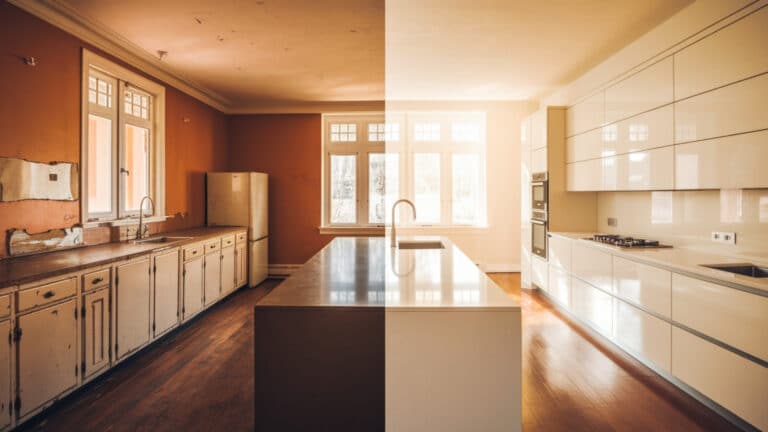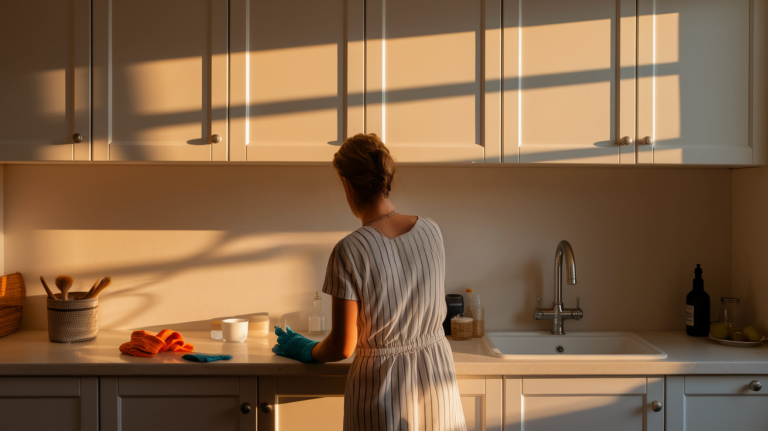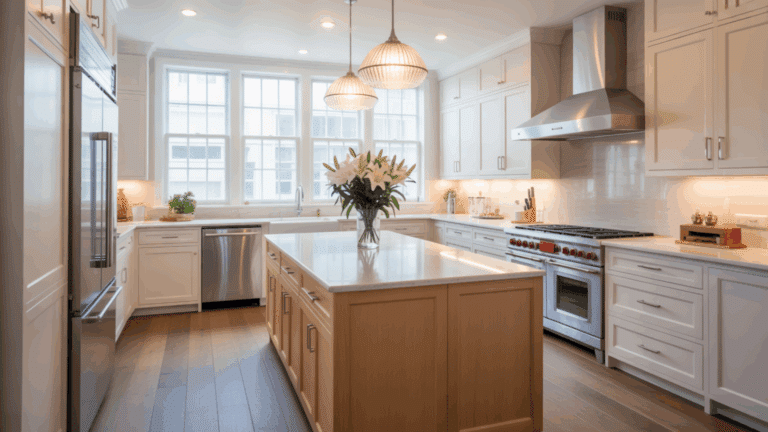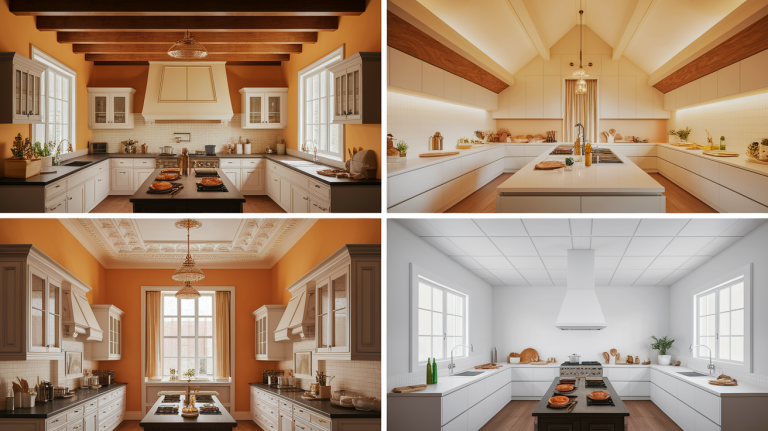Choosing Soapstone Countertops: What You Should Know
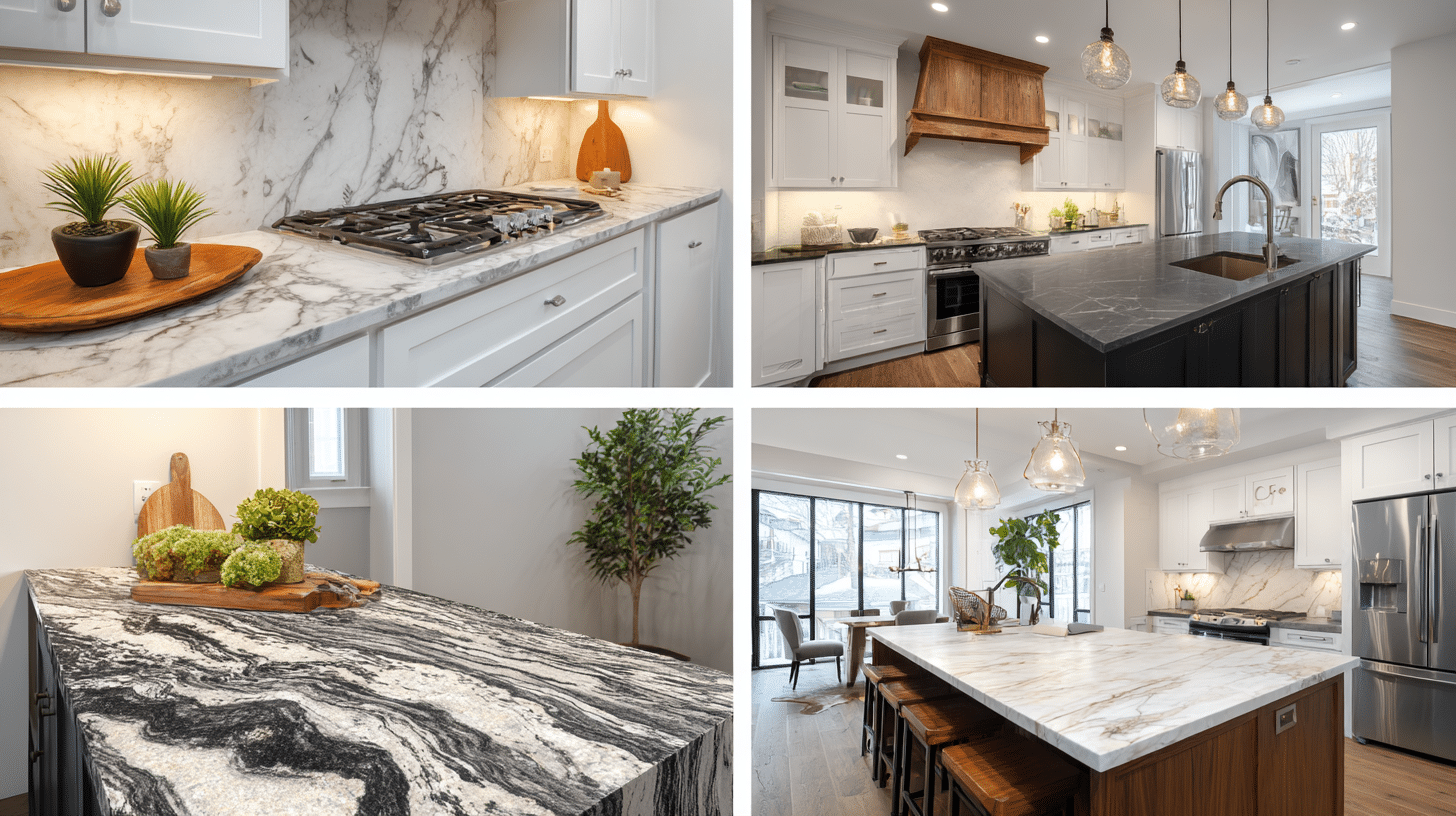
Went looking around for the perfect countertop that stands out, but all you got is some generic explanation or nothing?
If that’s the case, you have arrived at the right place this time !!
In my opinion, Soapstone might be the choice your kitchen or bathroom needs.
Known for its smooth, soft texture and rich, dark colors, soapstone offers a timeless look that many homeowners appreciate.
What is Soapstone?
Soapstone is a natural stone shaped over time by heat and pressure deep within the earth. Its main ingredient is talc, which gives it a soft, almost silky feel.
Unlike many stones, soapstone is non-porous, so it does not absorb spills or need sealing. The color falls within dark grays, greenish-grays, or even blue-gray shades, sometimes with faint veining.
Over the years, its surface darkens, especially if you add a bit of mineral oil, showing more character and depth as it gets used in daily life.
Key Features of Soapstone Countertops

Before you decide, let’s take you through the strongest qualities and features of soapstone, making it a convincing candidate.
- Naturally stain-resistant thanks to its non-porous surface.
- Handles heat very well; you can set hot pans straight on it.
- Earns a lived-in, cozy look as scratches and age marks add charm.
- Needs little care, though no sealing required, just occasional oiling if you want.
- Soft and smooth to the touch, similar to a bar of soap.
Types of Soapstone Countertops
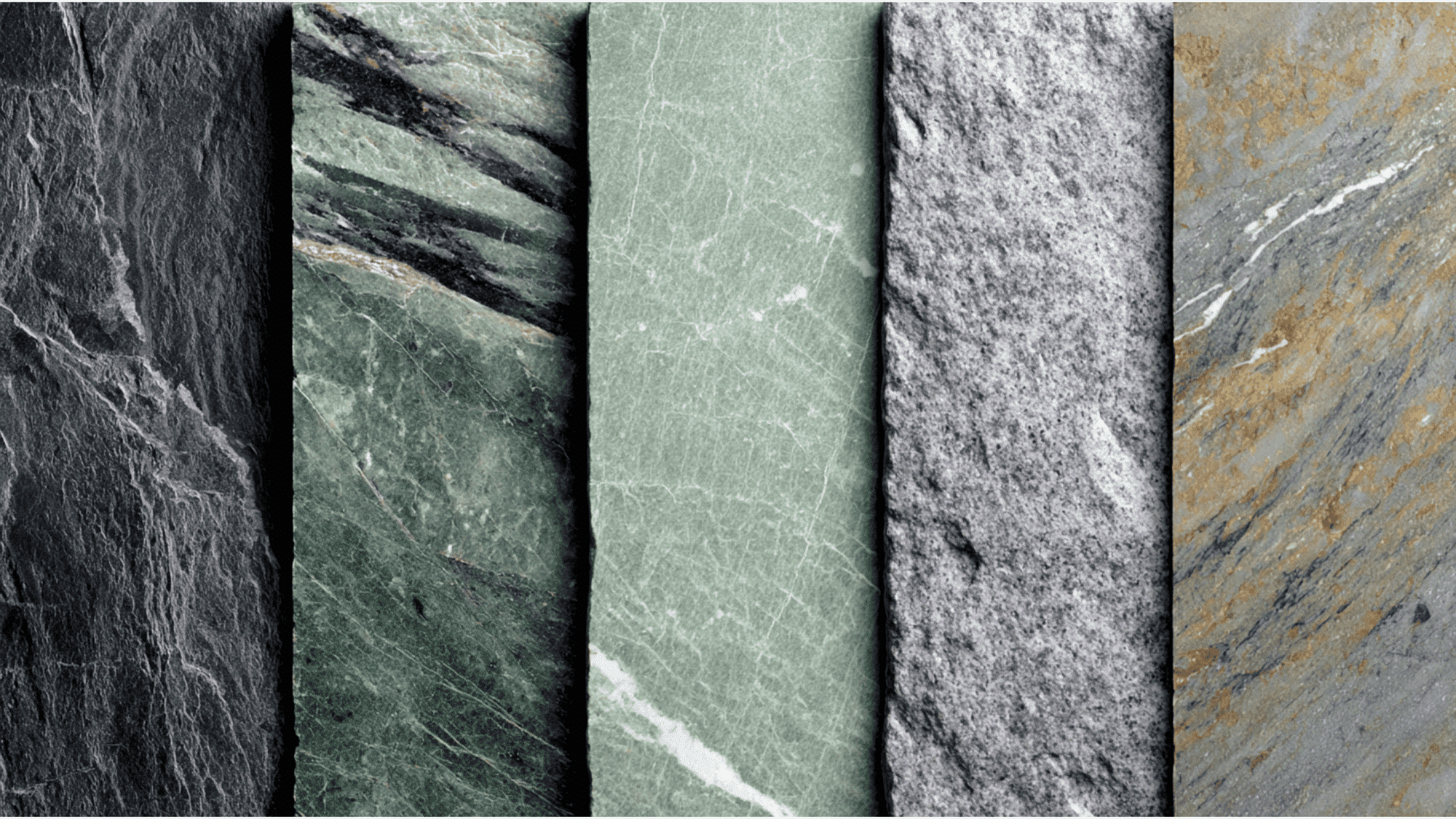
Soapstone countertops come in several types, each with its own look and qualities. Here’s a quick guide to help you understand the differences:
- Traditional Soapstone: Lower talc content, so it is a bit harder and better for daily kitchen use. Often darker in color with subtle veins.
- Artisan/Carving Soapstone: Higher talc content, feels very soft, and is excellent for detailed carving. Usually lighter in color with a finer texture.
- Imported Soapstone: Comes from countries like Brazil, India, or Finland. May have unique patterns or color variations.
- Domestic Soapstone: Quarried in places like Vermont or Virginia in the U.S., known for its consistent look and slightly greener tones.
- Veined Soapstone: Features distinct bands or lines, which add visual interest. Good for those wanting a more dramatic countertop look.
Pros and Cons of Soapstone to Look Out For
Let us look at both sides of the coin. Here are the pros and cons of having soapstone. They will help you see if soapstone matches your lifestyle and expectations.
Pros
- Resists stains, bacteria, and high heat.
- The look is unique and naturally grows deeper with time.
- Light scratches are easy to fix with gentle sanding.
- Works well in older homes or anywhere you want a classic, welcoming feel.
Cons
- Scratches and dents will show up; they are part of the soapstone look.
- Limited colors, mostly deeper tones.
- Costs a bit more than starter granite or laminate choices.
- If you prefer flawless, glossy surfaces, soapstone might frustrate you.
How Soapstone Compares to Other Countertop Materials?
Here is a quick comparison of soapstone with other popular materials like granite, quartz, and marble.
| FEATURE | SOAPSTONE | GRANITE | QUARTZ | MARBLE |
|---|---|---|---|---|
| Porous? | No | Yes (needs sealing) | No | Yes |
| Heat Resistance | Excellent | Excellent | Moderate | Moderate |
| Maintenance | Low | Medium | Low | High |
| Scratch-Prone? | Yes (easily) | No (resists) | No | Yes |
| Look Over Time | Darkens/patina | Consistent | Consistent | May yellow/stain |
By looking at these key differences, you can better decide which countertop material fits your needs and lifestyle.
Modern Takes on Soapstone Designs
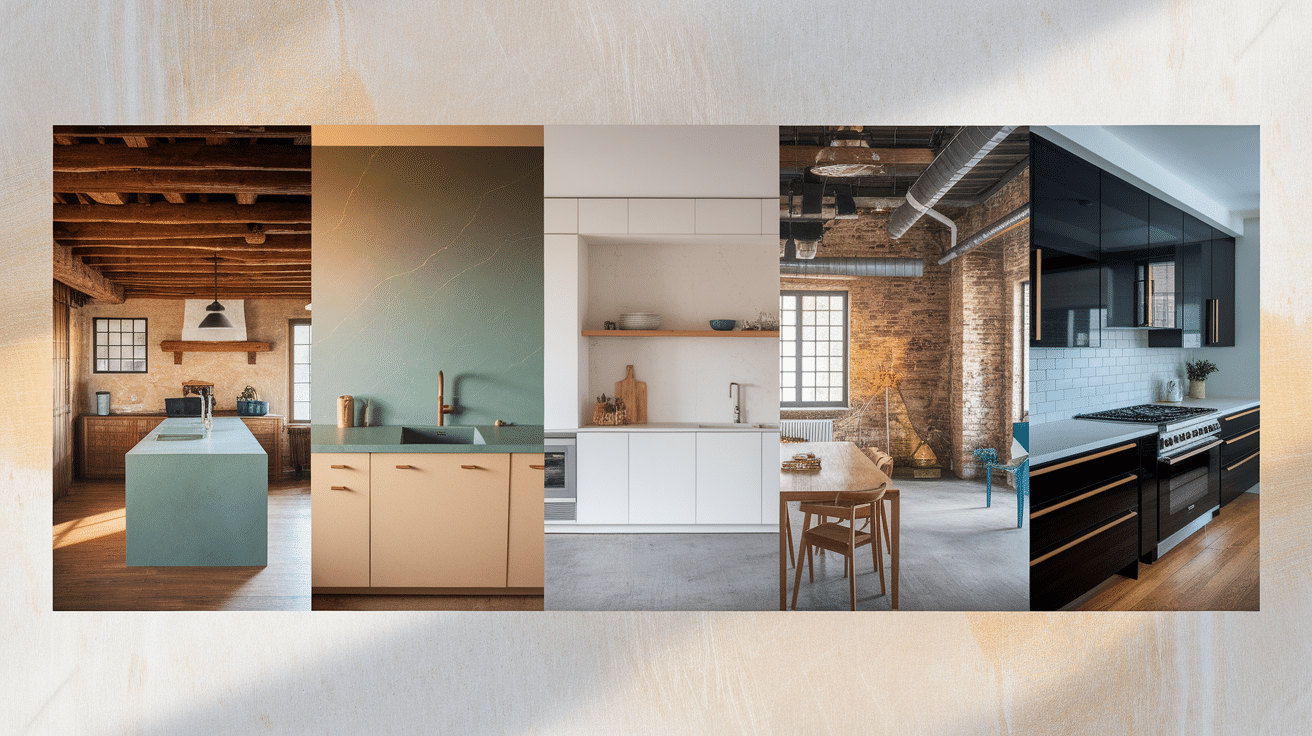
Recently, Soapstone countertops have become a popular choice for fitting into a range of modern kitchen styles.
Some popular designs that show how soapstone can enhance different looks and moods are:
1. Farmhouse & Rustic Kitchens
The soft, matte finish of soapstone works beautifully with rustic wood beams, farmhouse sinks, or vintage-inspired fixtures. Its gray-to-green color tones add warmth while staying neutral.
This natural look blends well with earthy elements, creating a cozy and inviting atmosphere in the heart of the home.
2. Minimalist & Coastal Designs
The seamless look of slabs fits minimalist spaces, while soapstone’s subtle veining complements breezy, coastal kitchens, especially when paired with light walls and natural sunlight.
Its calm surface helps maintain the airy, uncluttered feel these designs aim for, making the room feel open and peaceful.
3. Versatile Color Compatibility
Soapstone is especially striking against crisp white cabinetry, open wood shelving, or brushed stainless appliances. It grounds contemporary kitchens while adding understated charm to traditional ones.
This versatility makes soapstone a flexible choice that suits a variety of design preferences and personal styles.
4. Industrial Chic
Soapstone countertops pair well with exposed brick, metal accents, and concrete elements.
Their dark, smooth surface adds a touch of simplicity to this raw and edgy style, creating a modern yet inviting atmosphere.
5. Urban Modern
In sleek, city-inspired kitchens, soapstone’s deep tones create a striking contrast against glossy cabinetry and bold hardware. This pairing includes clean lines and sharp details, giving the space a modern, upscale feel.
The combination balances warmth and sophistication, making the kitchen both stylish and inviting.
Installing Soapstone Countertops
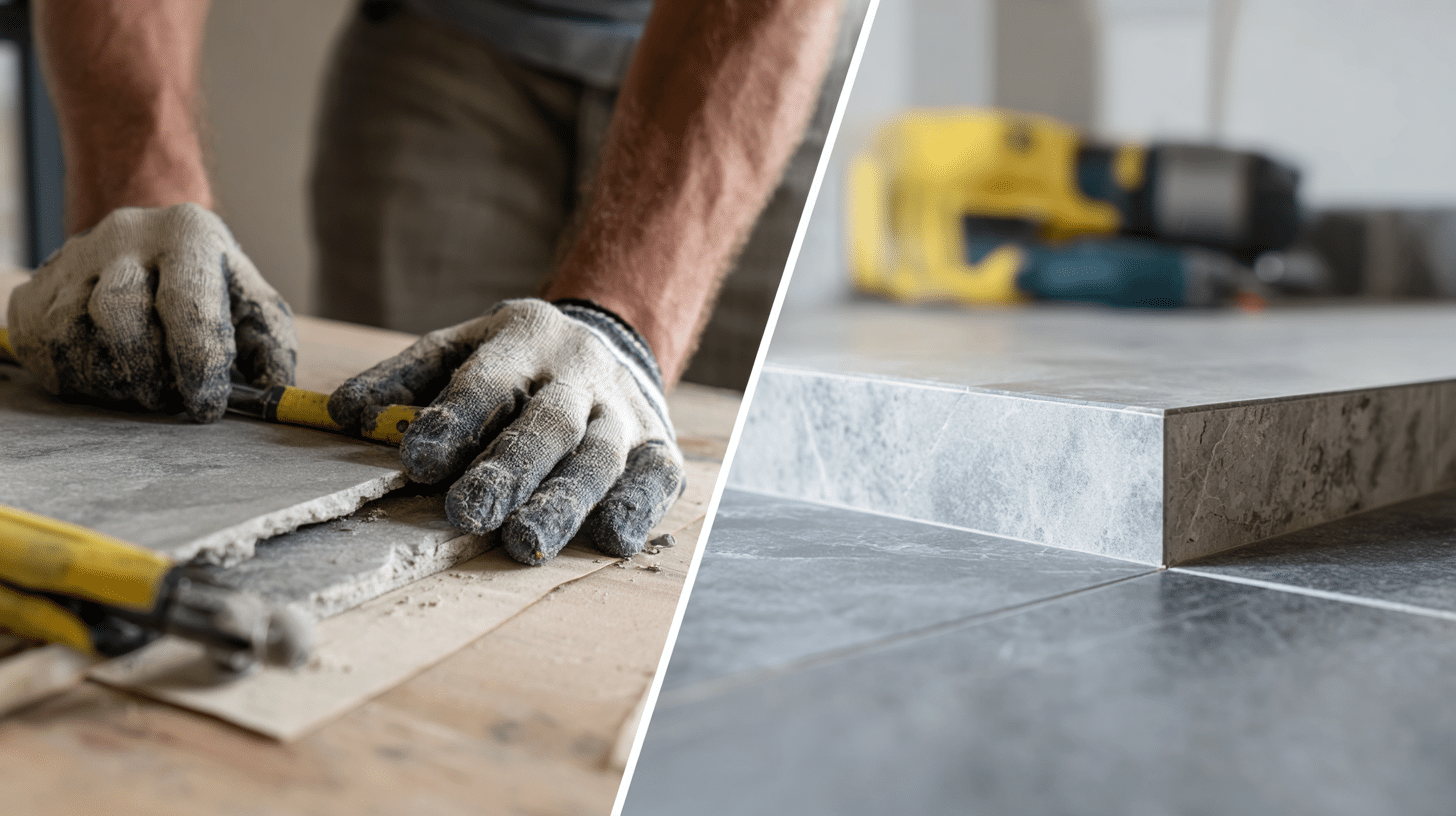
When it comes to installing soapstone countertops, there are two common methods to consider. Each offers its own benefits depending on your style and budget.
Installation as Slabs
- Creates a smooth, continuous surface with very few visible seams.
- Perfect for large kitchen islands or expansive countertop areas.
- Highlights soapstone’s natural veining and unique character, adding visual interest.
- Offers a sleek, elegant look that enhances the overall design of your kitchen.
- Requires professional handling due to the size and weight of slabs.
Installation as Tiles
- A more budget-friendly choice compared to slabs.
- Uses individual soapstone tiles, which can be arranged in creative patterns or layouts.
- Easier and less costly to repair or replace individual tiles if they get damaged.
- More grout lines are visible, which may add texture and a handcrafted feel to the surface.
- Still provides the strong durability and rich appearance that soapstone is known for.
How to Care for Soapstone Countertops?
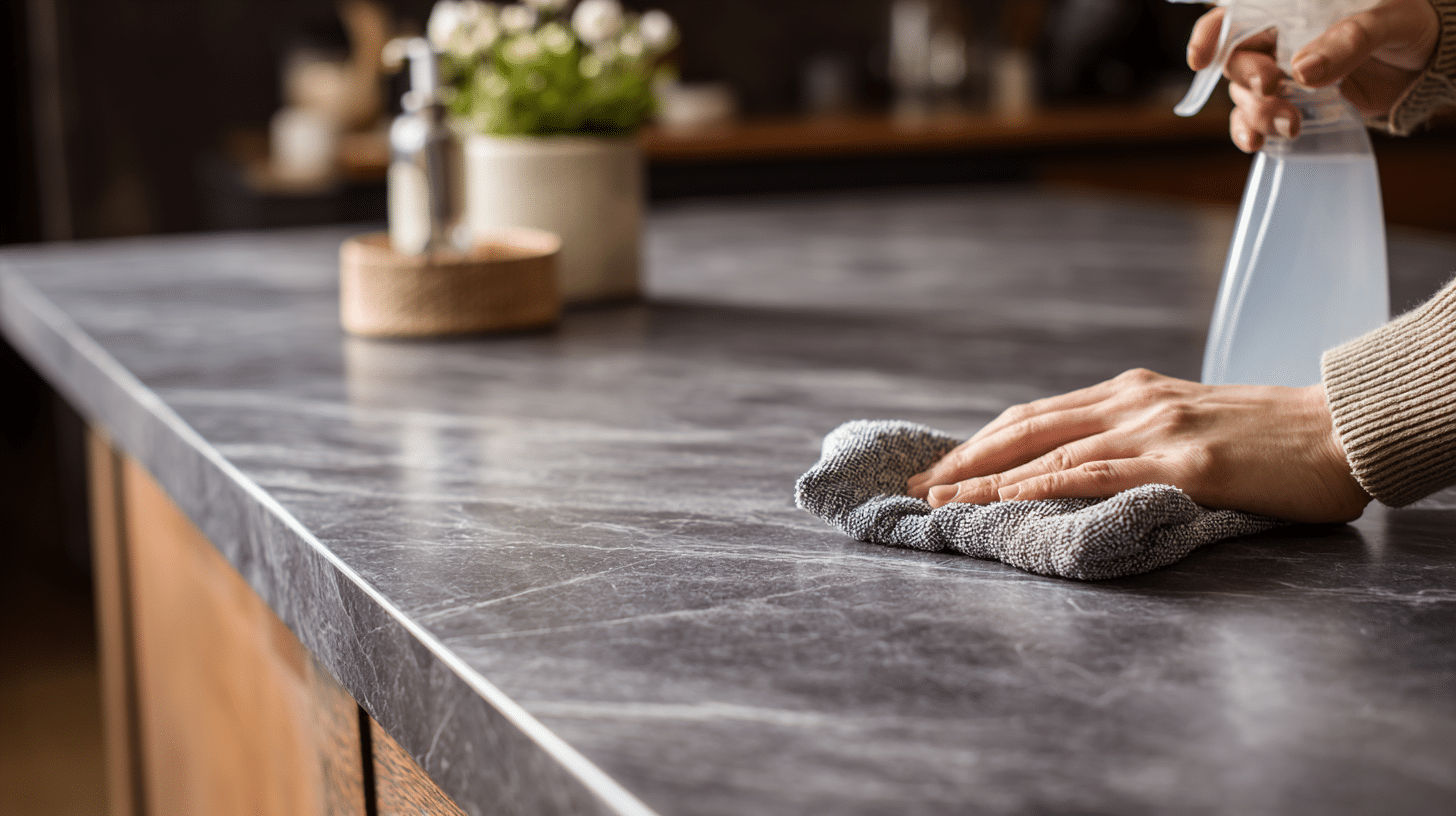
Consider these caring tips and tricks to prolong the life and texture of your soapstone countertops.
- For daily cleaning, use mild dish soap and a soft cloth or sponge; avoid abrasive scrubbers that might scratch the surface.
- Apply mineral oil every few weeks in the beginning and as needed afterward; this deepens the stone’s color and helps minimize the appearance of light scratches.
- If scratches or small dents appear, lightly sand the affected spot with fine-grit sandpaper and wipe on mineral oil to restore a uniform surface.
- Avoid acidic cleaners, bleach, or harsh chemicals, as these can dull or damage the soapstone. Stick to gentle, pH-neutral cleaners to preserve the stone’s natural look.
- Regular gentle care ensures your soapstone countertops maintain their beauty and last for many years.
With regular, gentle attention, you can enjoy their natural beauty and durability for a long time.
Cost & Availability
Installed, soapstone countertops typically run $70-$120 per square foot.
This puts them in the same tier as granite and quartz, and they’re often more budget-friendly than high-end marble. Costs are influenced by slab thickness, the stone’s origin, the chosen finish, and edge profile.
You can purchase soapstone from local kitchen and bath showrooms, stone fabricators, and a growing number of reliable online suppliers.
Some of the top suppliers and showrooms for soapstone:
With its proven longevity and easy upkeep, soapstone is money well spent for kitchens where substance and style are both priorities.
How to Choose the Right Soapstone for Your Kitchen?
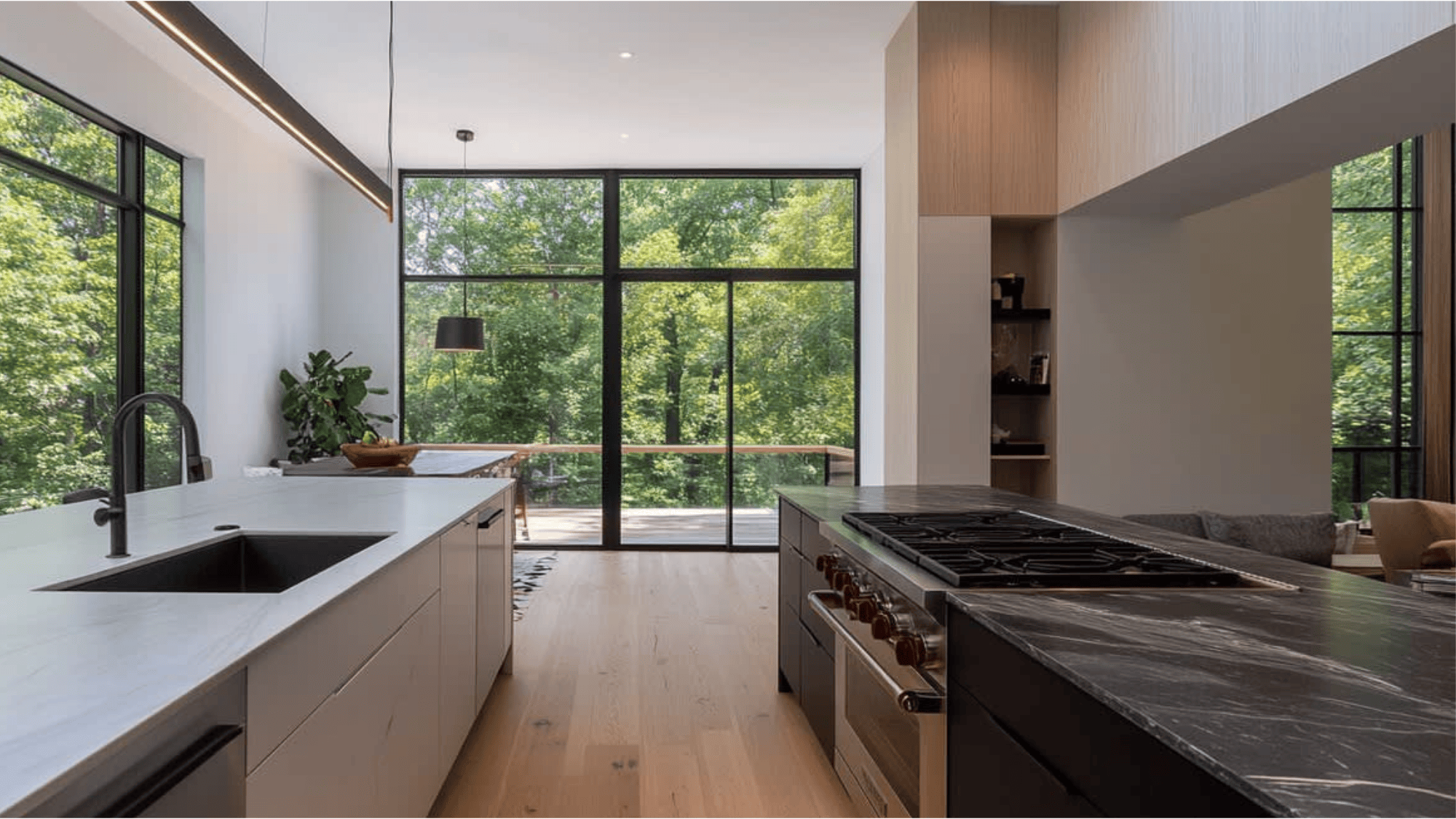
Before choosing the right soapstone countertop for your kitchen, ask yourself these important questions:
What color and pattern do I prefer?
How much wear and tear should my countertop handle?
How does the soapstone feel to the touch?
Is the texture and softness comfortable for daily use?
How will the soapstone look in my kitchen lighting?
Answering these questions can help you find the soapstone that fits both your style and lifestyle, making your kitchen both beautiful and practical.
You can then start by thinking about factors like Color and Pattern, Cost, Availability, Texture, and, of course, considering your habits.
This thoughtful approach helps ensure your new countertop will serve you well and enhance your kitchen for years to come.
Wrapping It Up
Soapstone countertops offer a simple beauty and strong, quiet reliability that many people appreciate.
Choosing soapstone countertops means welcoming a material that quietly stands the test of time.
Its natural charm grows richer as you live with it, showing a unique character shaped by your daily life.
Trust your instincts; when soapstone feels right for your space, it will bring a sense of calm and long-lasting beauty for many years to come.
What’s your favorite feature of soapstone countertops? Tell us, share with us in the comments below!


